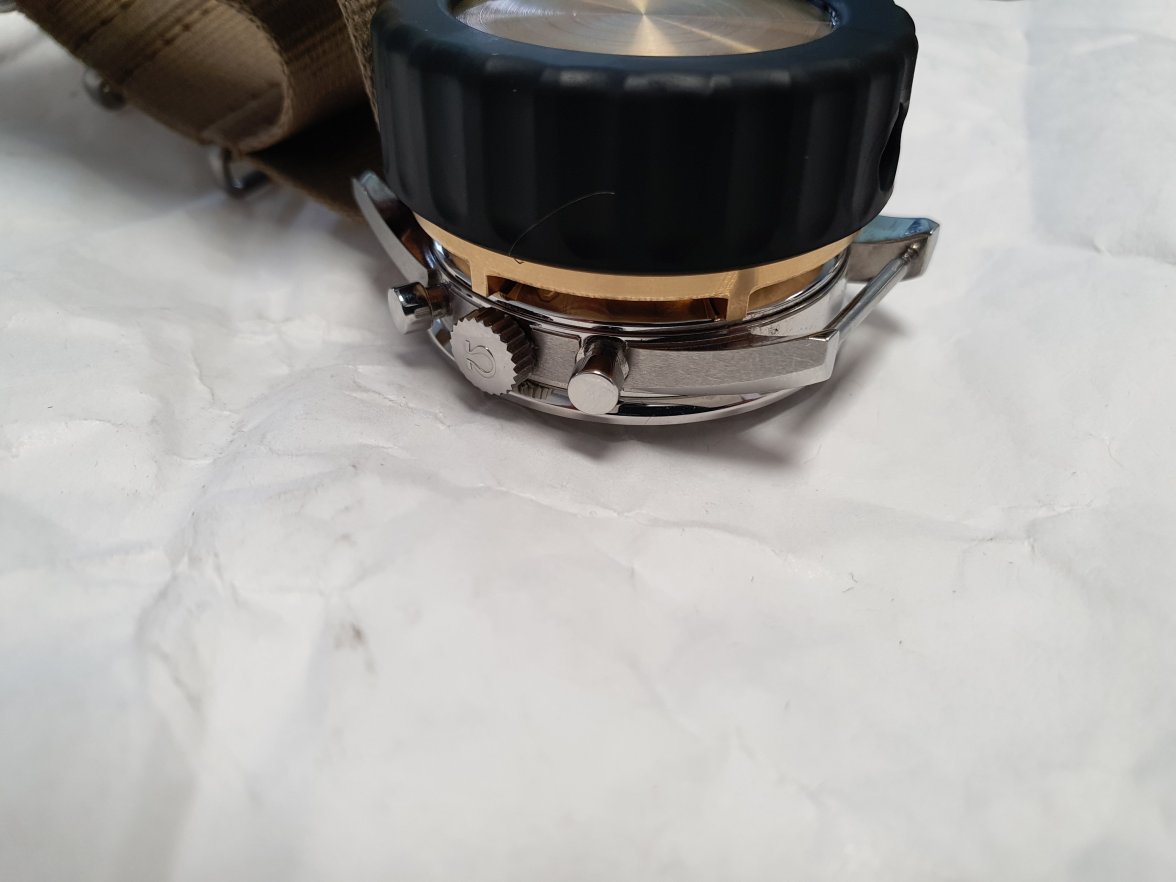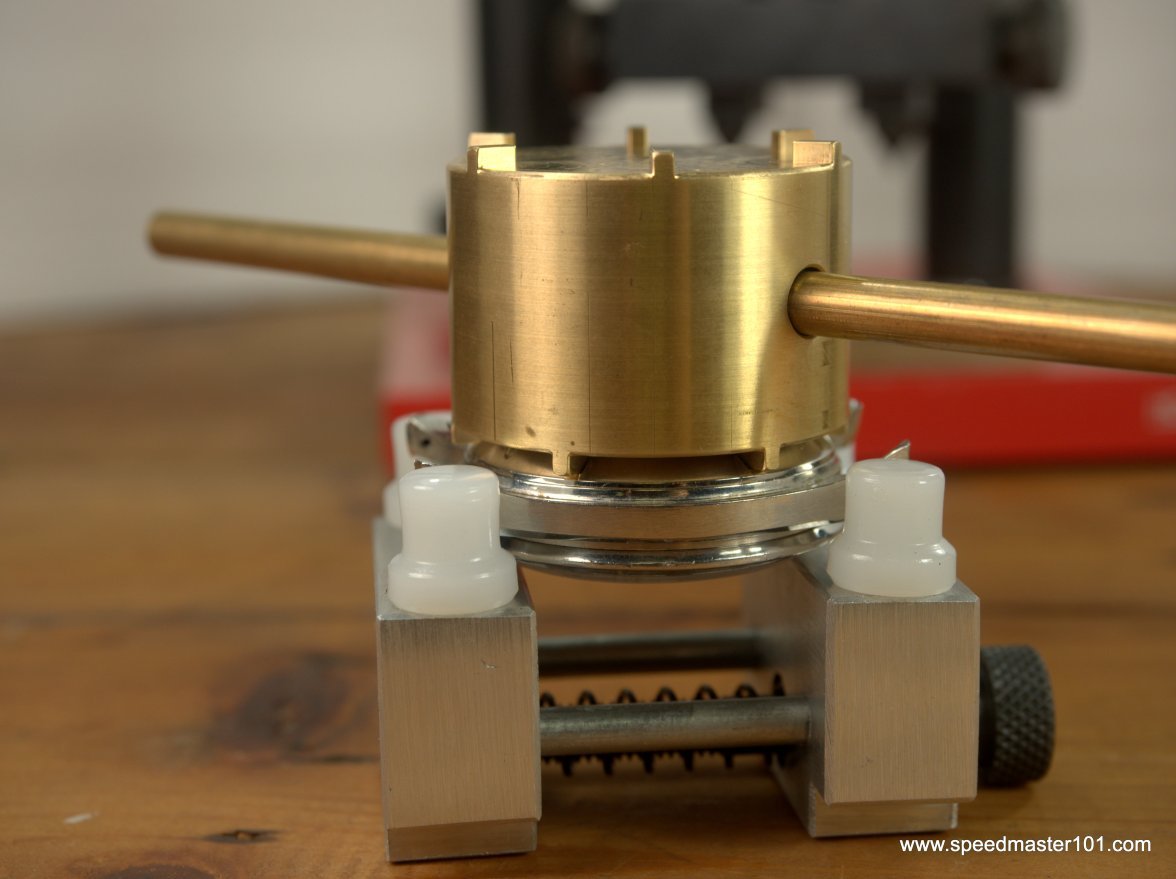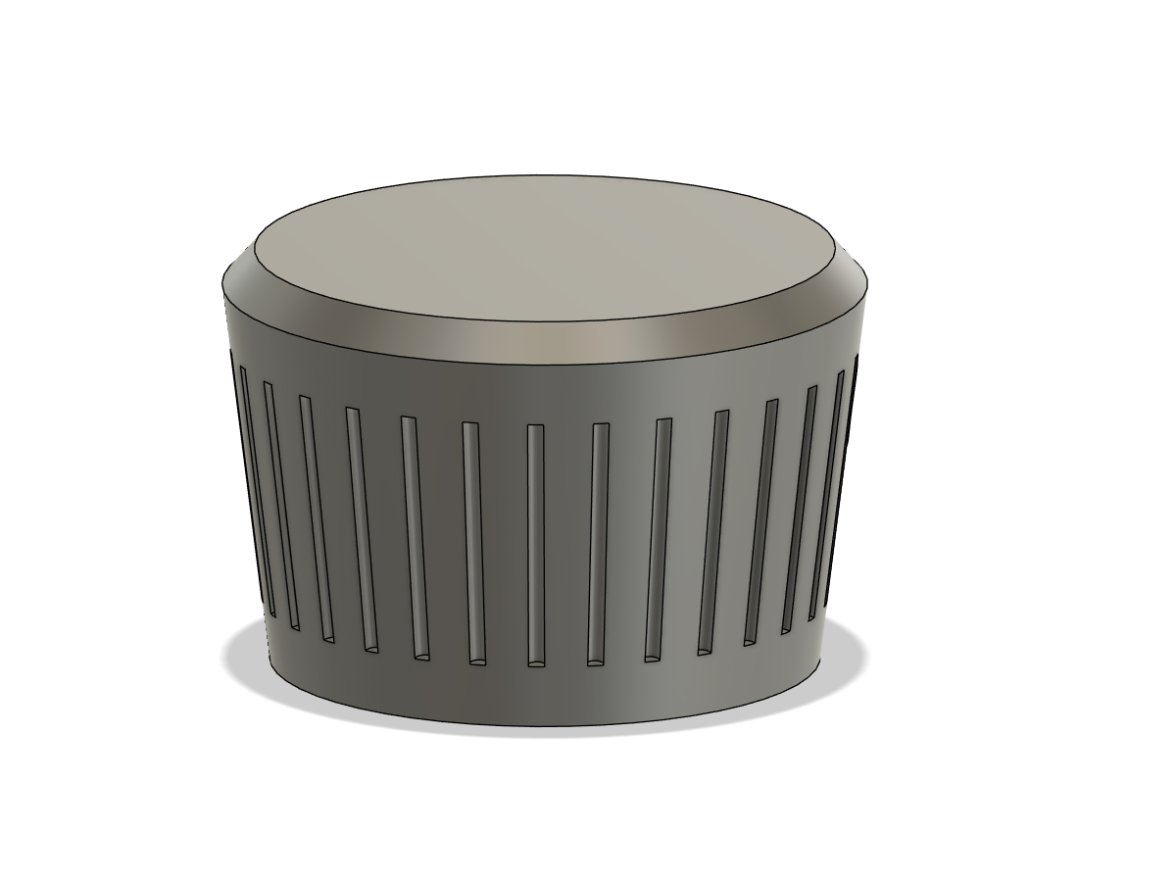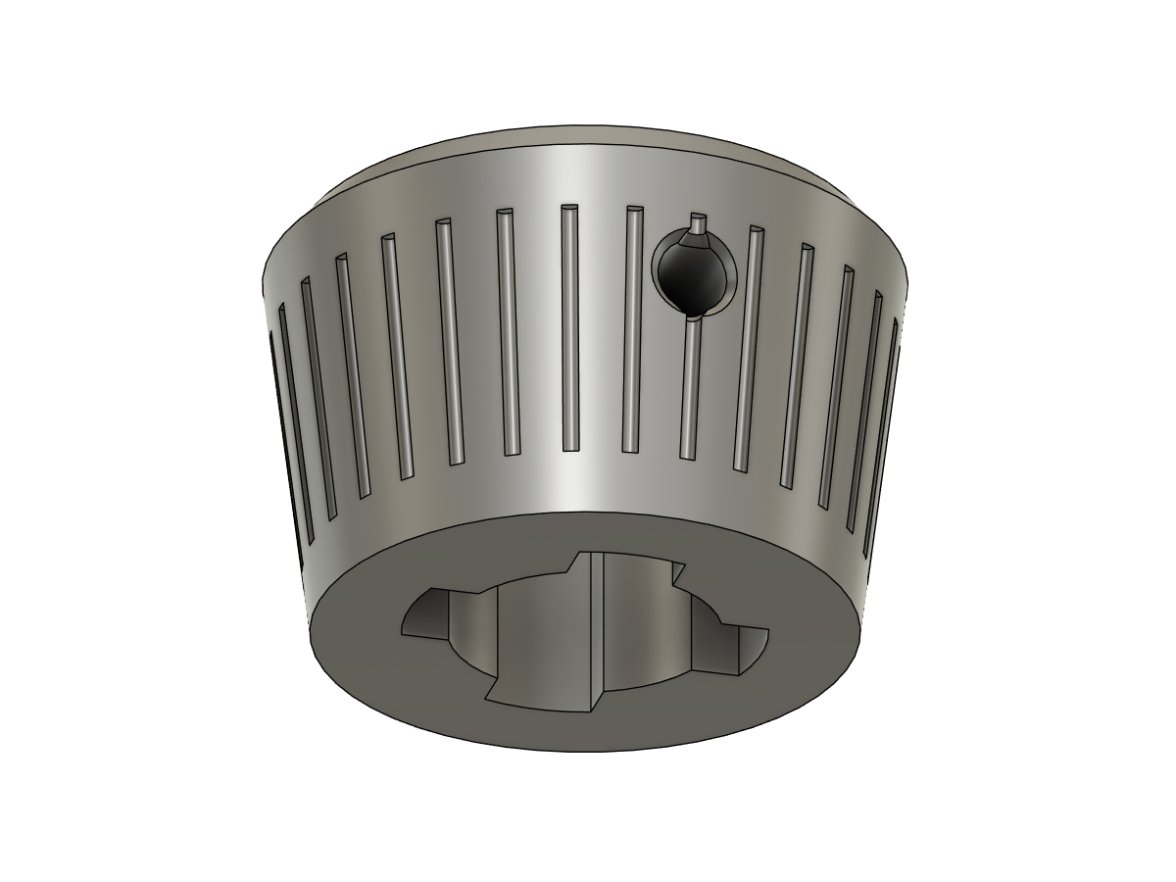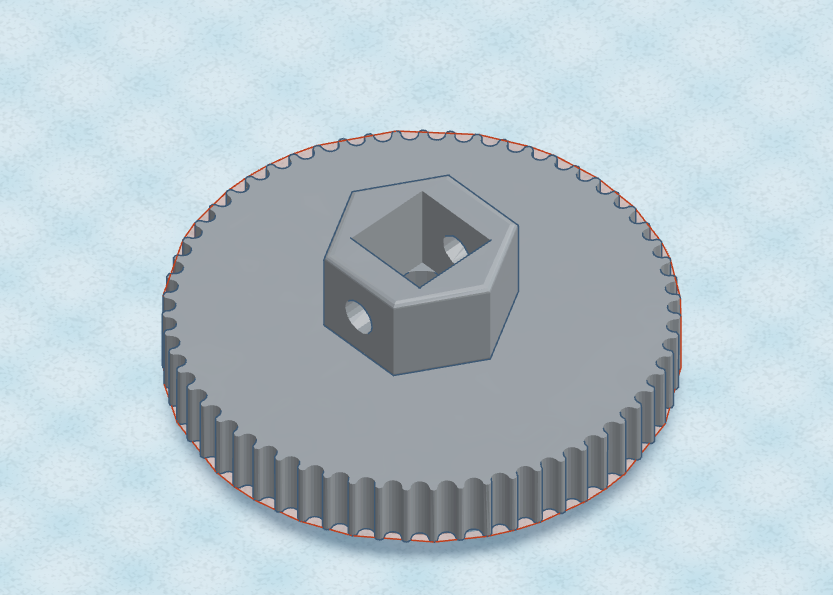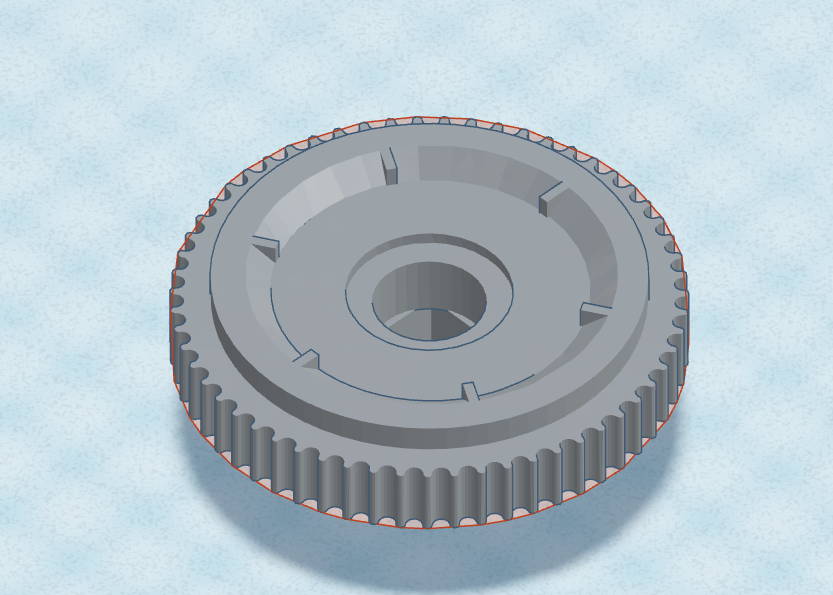GuiltyGear
·Hi all. I've been thinking of designing and 3D printing case openers for screw down case backs, mostly focused on the different watches I own. Right now I don't own a 3D printer to run tests with, something which will change in the future, but asking the collective mind if you have any experience with it. Wondering if basic PLA will survive more than one use, or if Nylon and the different composites (like carbon fiber infused PLA) will provide more longevity. I have done my fair share of printing, but not in any situations where sheer strength and non deformity are key.
This is a handle and an opener I designed just to get the idea started. The openers are meant to be interchangeable, so they can be swapped out if damaged or used for different watches. They can be press fit into the handle, which should be doable even with loose tolerances. I'm also aware that the handle joint will not be the strongest, but it's just an idea that may change a lot in later revisions.
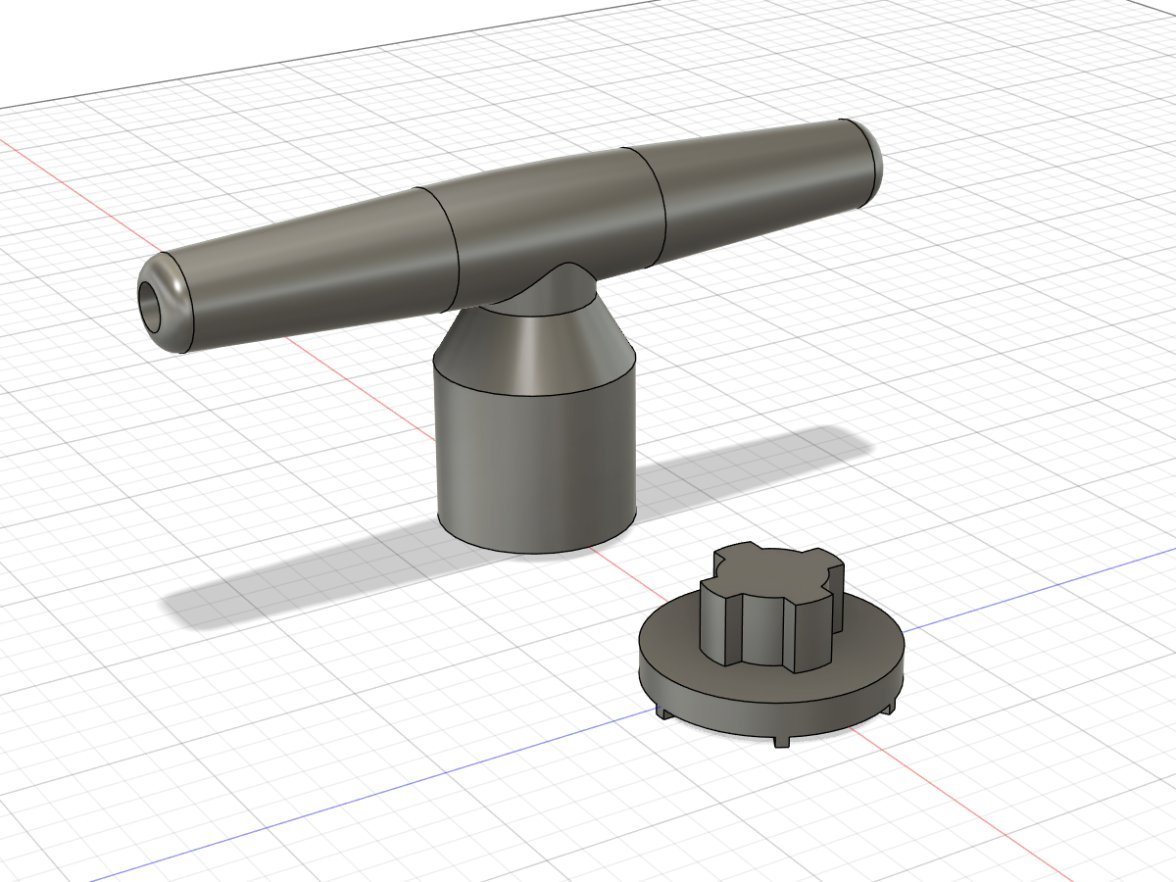
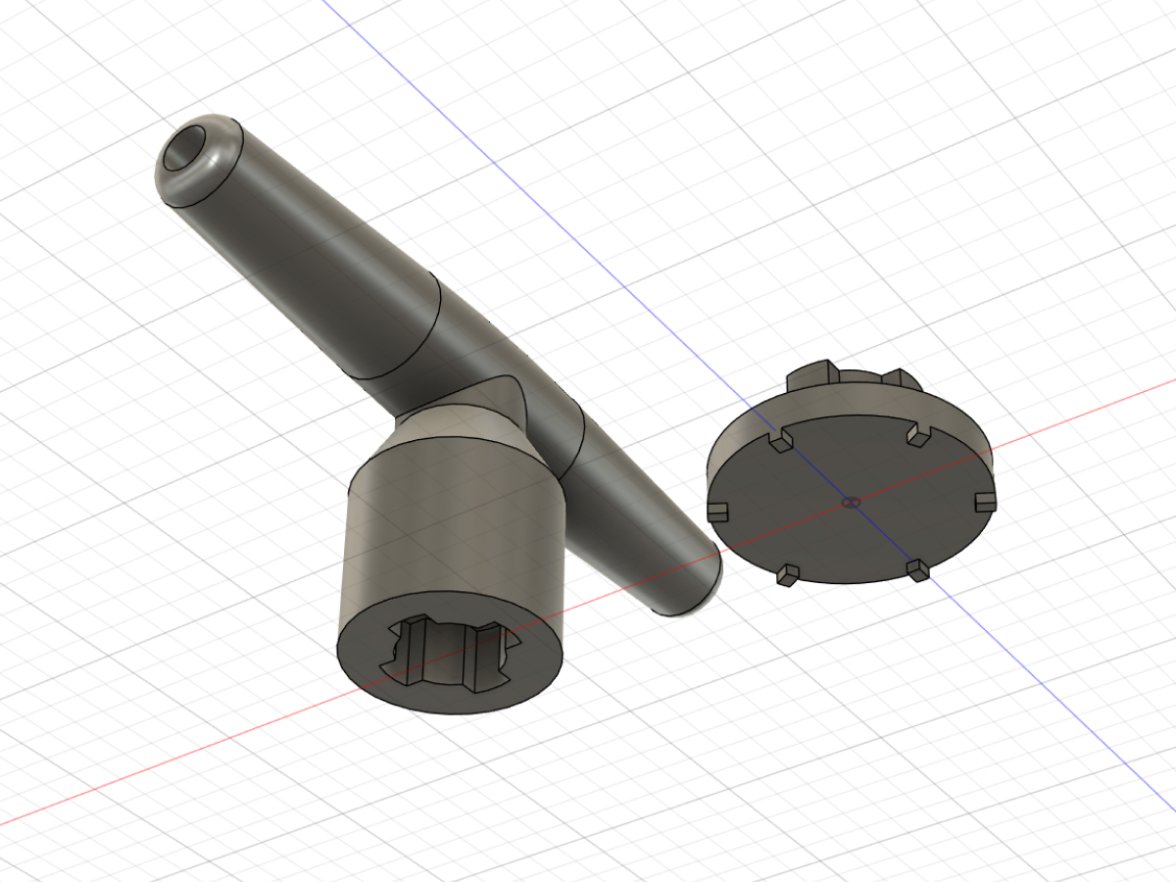
This is a handle and an opener I designed just to get the idea started. The openers are meant to be interchangeable, so they can be swapped out if damaged or used for different watches. They can be press fit into the handle, which should be doable even with loose tolerances. I'm also aware that the handle joint will not be the strongest, but it's just an idea that may change a lot in later revisions.



